Research Facilities
Bruker/Hysitron TI Premier |
high load, and low load heads, continuous stiffness measurement, nanopositioning stage (AFM), mapping |
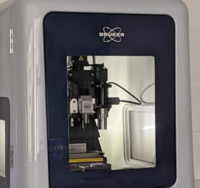
|
MML Nanotest Extreme |
high temperature 950 C nanoindenter in a vacuum chamber, heating to tip and sample |
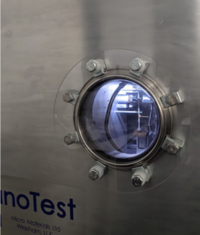
|
Agilent G200 |
high load, and low load heads, continuous stiffness measurement, nanopositioning stage (AFM), express mode mapping, scratch testing |
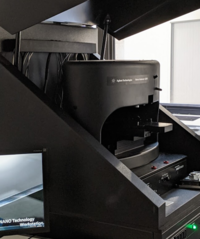
|
MTS XP |
high load, and low load heads, continuous stiffness measurement |
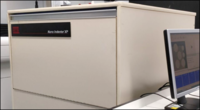
|
MML Nanotest Vantage |
elevated temperature 400 C nanoindenter in a purge chamber, heating to tip and sample |
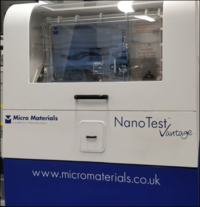
|
Bruker/Hysitron PI 88 |
in-situ indenter system in Tescan FEG-SEM with glove box attachement. Allows work on air sensitive materials. |
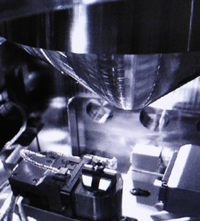
|
Screw Driven Mechanical Testers |
We have two Shimadzu and one Instron bench top mechanical testing frames allowing testing in the range ~10 N to ~10 kN. We have a variety of grips, and test rigs for tension, compresion, and bend testing, and furnaces/cooling rigs for testing at a range of temperatures. |
|
in situ load frames |
We have two Deben load frames for in-situ tensile testing in various settings including with optical or scanning electron microscopic observation and/or in the inert environment of a glovebox |
|
ultrasonic fatigue testers |
We have four piezoelectric ultrasonic actuators, and power suplies for fatigue testing at 20 kHz, and 30 kHz. Testing can be on bulk hourglass shaped samples or on miniature samples allowing testing down into the microscale range. The high frequency allows millions of cycles to be applied within a minute and opens access to testing in the giga-cycle regime. |
|
|
|
|
|
|
|
|
|
|
|
|
|
SEMs |
The two main SEM instruments used by the OMG are:
|
|
FIBs |
We are significant users of the range of FIB-SEM instruments within the DCCEM facility. This includes three Ga source, and one Xe plasma source instruments. |
|
TEMs |
We make use of TEM instruments within the DCCEM, (though less frequently than SEMs and FIBs). On occasion we also access the instrument at ePSIC. |
|
Optical |
We have a variety of optical microscopes within the group labs. Including options for polarised light observations. |
|
AFM |
We have a Bruker AFM, used mostly for imaging pile-up and/or sink-in near nanoindents, and nanoscratches, and quantifying topography of slip bands and deformation twinning. |
|
Atom Probe |
We run multiple joint projects with the Oxford Atom Probe Group and through that collaboration access a hugly powerful characterisation technique. |
|
Arc Melter |
We have an Arcast arc melter for alloy design work. This allows to melt small (few hundred grams) samples in vacccum, including tungsten. This allows initial exploration of new alloys and fits well to small scale mechanical testing and microscopy methods we employ. |
|
Metallography |
Kemet Sponsored lab, to contain a range of Kemet/Metkon products, including: cut-off saw, slow saw, mounting press, grinding and polishing machines with auto-heads and media/lubricant despensers, ultrasonic cleaning bath, and optical microscope |
|





